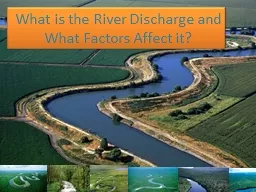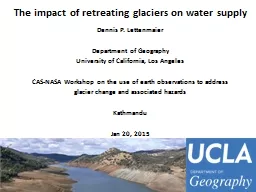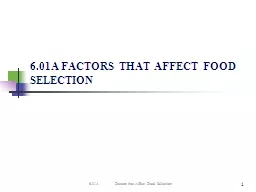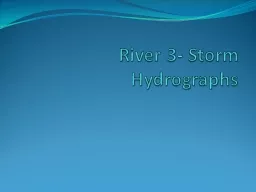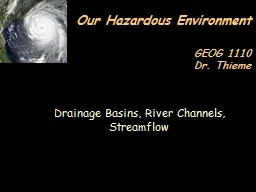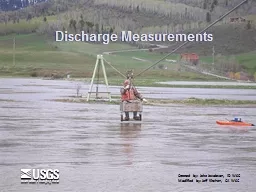PPT-What is the River Discharge and What Factors Affect it?
Author : tatiana-dople | Published Date : 2015-09-17
Drainage Basin This is the area of land drained by a river system a river and its tributaries The drainage basin system is said to be open as both inputs and
Presentation Embed Code
Download Presentation
Download Presentation The PPT/PDF document "What is the River Discharge and What Fac..." is the property of its rightful owner. Permission is granted to download and print the materials on this website for personal, non-commercial use only, and to display it on your personal computer provided you do not modify the materials and that you retain all copyright notices contained in the materials. By downloading content from our website, you accept the terms of this agreement.
What is the River Discharge and What Factors Affect it?: Transcript
Download Rules Of Document
"What is the River Discharge and What Factors Affect it?"The content belongs to its owner. You may download and print it for personal use, without modification, and keep all copyright notices. By downloading, you agree to these terms.
Related Documents

